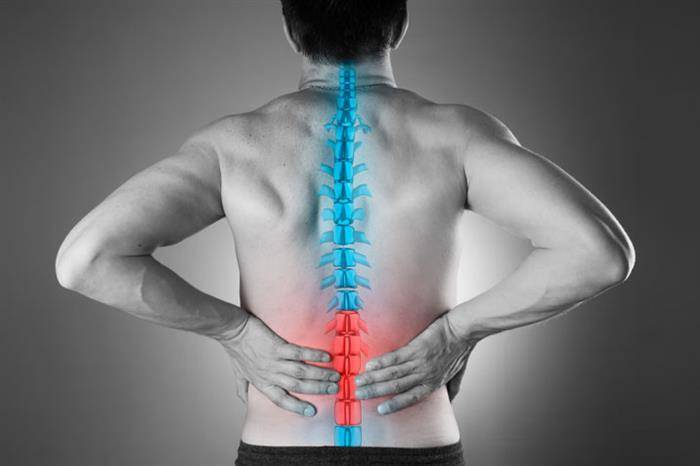A new gene therapy aimed at repairing damaged intervertebral discs (gelatinous pads that separate the vertebrae of the spine) has shown promising results in laboratory tests on mice. According to a report by New Atlas citing the journal Biomaterials, the components of the human spine provide support, but there are flexible, fluid-filled discs between each vertebra to absorb shocks and help the spine be more flexible. Unfortunately, over time or due to injury, these discs can deteriorate or even rupture, resulting in back pain that is often impossible to reverse. Pain management then becomes a priority, which can leave patients with limited mobility.
Devina Bormissor Walter, the lead researcher of the new study, stated, "Once part of the discs deteriorates, the tissues become unpressurized like a punctured tire,” noting that the wear and tear continues and "affects the adjacent discs on both sides due to the loss of this pressure which is crucial for spinal function. There is no good way for doctors to address this condition."
Researchers at Ohio State University tested a gene therapy on experimental mice that could repair the damaged discs. The research team created "nano-carriers" from connective tissue cells, which mimic the natural cells that carry messages throughout the body. The nano-carriers were then loaded with genes encoding a protein called FOXF1, which were injected as a solution into the damaged discs in the mice.
After three months, the affected mice were evaluated over a 12-week period, and it was found that those that received the gene therapy showed a range of improvements compared to the injured mice injected with a normal saline solution. The tissue in the discs produced more proteins that strengthen the tissue and help it retain water, aiding in recovery and allowing it to function like cushions again. This subsequently improved the range of motion of the spine, load-bearing ability, and flexibility. Although the mice could not be asked about the level of pain they felt, behavioral tests indicated a decrease in symptoms.
This new discovery raises hopes for a definitive gene therapy for patients suffering from chronic back pain, but at this stage, it is too early to determine whether results in animals will apply during clinical trials. The experiments were conducted on young mice with acute spinal injuries, so the next steps will involve testing the innovative technique on older mice whose intervertebral discs have deteriorated with age, as this is a common issue in humans.




